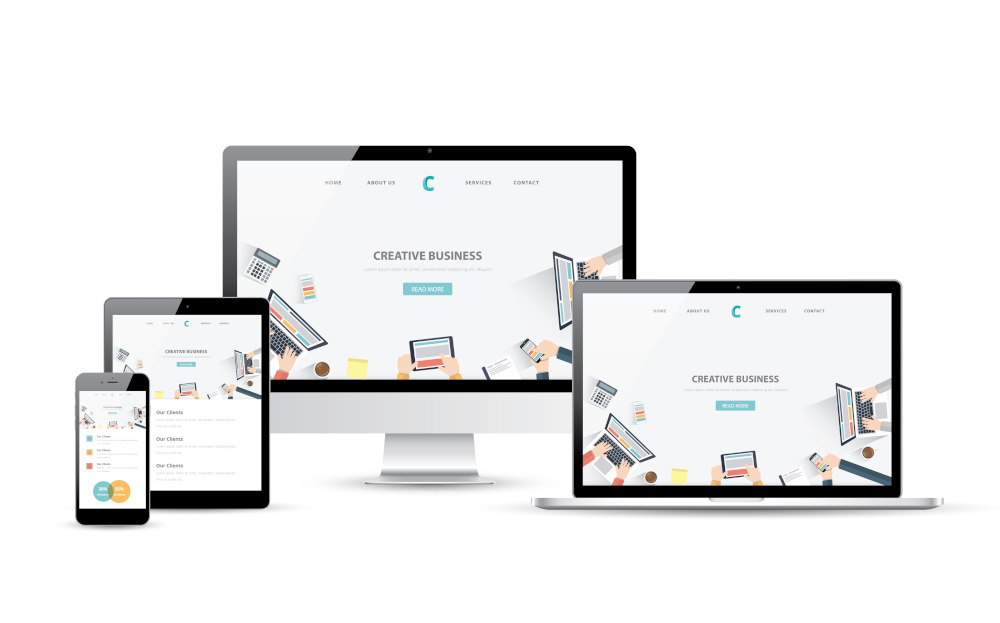If you are thinking of designing your company’s website, or are looking for ways to improve it, it can be quite intimidating when you think of the vital needs that must be fulfilled – the expectation of your stakeholders and the needs of your target audience. Here are some tips to creating great website design, that you could try out:
- Start your design in shades of grey – turn your wireframe into visual design with grey tones at first, add your photography, then the colour elements one at a time. This will prevent an overly busy website and will help you highlight the items that need it.
- Choose web fonts for your corporate style guide – Google Fonts is a good place to start looking for a suitable font. Define its usage in your style guide and give your website a more professional look.
- Use Keynote (Apple’s version of PowerPoint) to create rapid page prototypes – you no longer need Photoshop to create prototypes of your landing pages or call to actions. Keynote has user interface design templates for wire-framing, prototyping and testing mobile and web apps.
- Simplify your navigation – this can actually help to guide people more quickly to your most productive content. Eliminate dropdown menus as well as the number of links in the header or sidebar of your website.
- Make your social media icons less prominent – keep people on your website for longer, rather than encouraging them to link to your social media platforms. Social media should drive traffic to your website, not the other way around – reduce the icon sizes and put them in the footer.
- Remove sidebars – although a very popular design trend for the last decade, sidebars can actually be distracting. Leaving them out allows the reader to focus on the article or blog and makes them more likely to follow the call to action at the end.
- Get rid of the slideshow – although it’s an easy way to get lots of information on your home page, most people don’t stay on your page long enough to read all the slides. Focus on your core functionality and promote that.
- Use Pinterest to create mood boards for inspiration – group favourite images, colours, patterns or layouts to help you come up with ideas. The great thing about using Pinterest is it will share the boards of other designers who may have collated a lot of similar images already.
- Use white space – it makes things easier to find. Not every inch of the screen needs to be filled at all times. White space and simplicity are top trends of the moment, so your readers will appreciate a quieter space.
- Increase your font size, especially for headings – tiny text and too much of it is hard to read on screen, so use larger font sizes to emphasise important blocks of content. Consider increasing your font size in general; it could be the key to keeping your readers engaged for that bit longer.
Try out some of these design hacks on your website design or redesign, or if you’re still baffled, ask for help. We have loads of experience in website design and would love to assist in creating a company website that pulls in the right kind of traffic.


